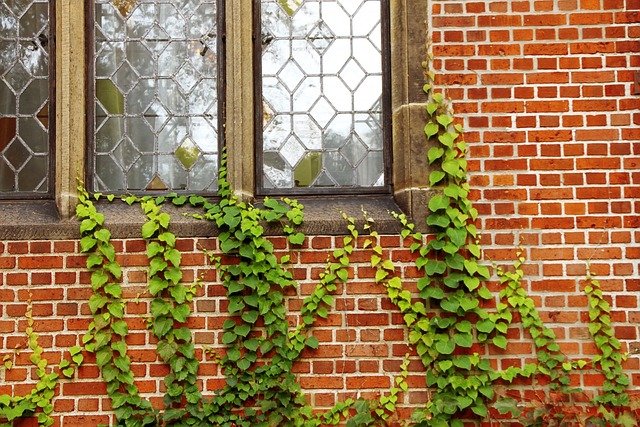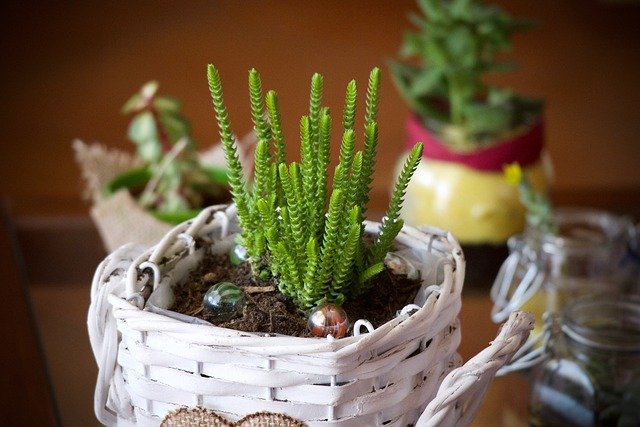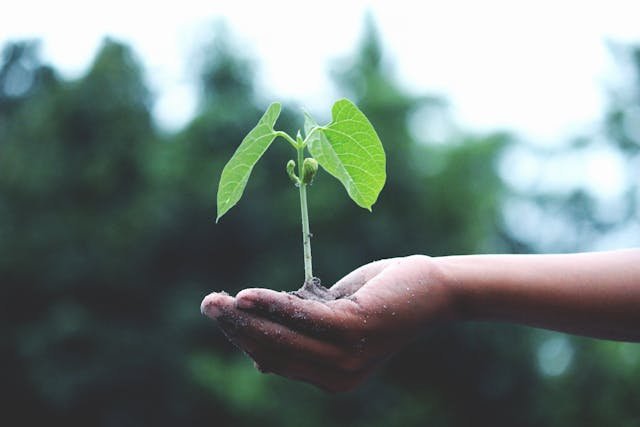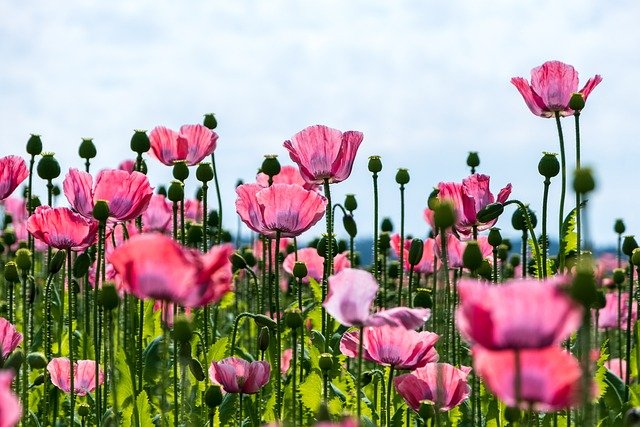City living doesn’t stop me from flexing my green fingers – these are my tips for apartment gardening
As cities get larger, apartments get smaller.
Even if you live in a small apartment in the midst of a concrete jungle, there’s no reason why you can’t convert it into a 500-square-foot actual rainforest by constructing a stunning apartment garden.

“Going green” isn’t just a phrase; sometimes it should be taken literally!
Plants make us joyful and healthier. Apartment gardening is not only a wonderful way to spruce up your space, but it can also improve the health of your apartment, and allow you to responsibly deal with your food waste.
Wondering how to establish a garden in an apartment?
Whether you’re looking to convert an inside or outside space, our apartment gardening tips will help you transform your passion for going green into a green aptitude.
Growing plants indoors transformed my residence and elevates my mood every day. Here are the important lessons I’ve learned
I’ve resided in residences throughout most of my adult life, yet my collection of flora started quietly. It wasn’t until I began paying sufficient attention to them that I realized how rewarding indoor horticulture can be.
I’ve now lost count of how many of the finest indoor plants and herbs I have. I spend about five minutes most mornings examining and hydrating soil and inspecting for vermin and new foliage. It’s a leisurely, straightforward, and uplifting start to the day which I highly recommend.
Of course, there have been a few failures. I’ve contended with drooping peace lilies, spider plants with brown ends, and more. But, after a good few years caring for my verdant companions, I’ve learned a thing or two.
My Top Tips For Apartment Gardening
These are my recommended strategies for a joyful and thriving domestic horticulture.
WATERING HOUSEPLANTS PROPERLY IS KEY
As Juan Palacio from BloomsyBox says, ‘It’s best to underwater and monitor the plant’s response than to overuse it.’
I nearly destroyed a peace lily by routinely dousing it without examining the soil first. It suffered from root decay, but two years on, in a new container and fresh soil, it’s fortunately returned to full health. Overwatering also encourages fungus gnats, which are particularly irritating in a confined space.
Pots with adequate drainage are a must. Anna Hackman of The Naked Botanical says you want at least three openings in the bottom of your container, dependent on the size of the plant (‘larger plants need more holes’). She waters her plants in the sink, allowing the water percolate through the drainage openings, before placing the containers back into their receptacles.
I’d also recommend irrigation globes, available from Amazon. These kept all of my vegetation sufficiently watered while I was on vacation.
DON’T FORGET TO REPOT
It’s taken me a while to realize the value of repotting. But, done at the proper time (typically spring), the results are nothing short of remarkable.

Removing plants with stunted growth and miserable demeanors often exposes tightly coiled, dried-out root balls. Loosening up these entwined disasters and repotting them in fresh, nutrient-rich soil provides a new lease of life and kick-starts new growth.
BRIGHT LIGHT IS USUALLY BEST
Juan highlights how displaying indoor plants offers an opportunity to get inventive. ‘Use bookcases, suspended planters, or construct a living wall to not only save space but also to add a decorative element to your residence,’ he recommends. ‘This can also assist in positioning your plants at various heights to maximize their exposure to light.’
While some plants tolerate low light, my healthiest ones are in sunny areas. I have a ladder-style stand by a large window that is prime real estate for them. If one is ailing elsewhere in the apartment, I transfer it here for a holiday.
Stunted growth, leggy stems, and moist soil for extended periods between waterings are telltale indicators that your plant could probably benefit from a bit more sunlight.
Final Thoughts On Apartment Gardening
Can you cultivate a garden in your apartment?
Absolutely! Don’t let limited space snuff out your passion for planting.
Gardening in an apartment is a rewarding and therapeutic way to spend time. It begins small—maybe a few containers on a windowsill—but it’s addictive. Before you know it, your apartment will flourish into a veritable vegetative utopia.
You also don’t need to expend much money. You can upcycle all manner of items to use as receptacles and, if you make your own compost, you’ll have free plant nourishment, too.
Buying pre-sprouted plants from conservatories gets costly, but starting from seed is cheap—not to mention you can opt for heirloom seed varieties and will get to control all inputs your plants are exposed to, ensuring a completely organic existence.
We hope this article has inspired you to give it a go. Whether your aim is fresh herbs and chilies to toss in your stir-fry or a jungle-esque room full of air-purifying tropical vegetation, you’ll find plenty of additional apartment gardening ideas online.

Know some fellow plant lovers?
Share this article and help set the trend for greening up urban spaces. Green residences lead to green cities and, presumably, a verdant planet.FAQS
Can You Grow Edible Crops In An Apartment?
I do cultivate herbs indoors, but for me, they don’t always last long. This is undoubtedly due to mercilessly harvesting the foliage, leaving not enough on the plant for it to survive.
You’ll need a relatively large container if you want to cultivate big enough plants for a worthwhile harvest. You can save store-bought herbs, but those purchased from a nursery are generally more reliable as they’ve been nurtured in superior conditions.
If you have enough space, you can attempt cultivating chilies, tomatoes, or microgreens. Bear in mind that pollinating crops by hand is sometimes required for a fruitful yield.
‘Most nutritious plants and herbs require a significant quantity of sunlight, ideally six to eight hours per day,’ says Juan. ‘If your apartment lacks natural light, consider investing in grow lighting.’
These LED grow lamps from Amazon are a popular choice, and can be fastened onto a workstation.
Is It Worth Propagating Plants In An Apartment?
I have propagated a few of my houseplants and would absolutely recommend it – it’s fairly simple and you get new plants for free. My greatest results have come from dividing up a serpent plant and a spider plant, and removing stem cuttings from a pothos.
What Is The Easiest Houseplant To Look After In An Apartment?
My simplest houseplants have to be my pothos plants. I have six and they are undemanding and fast-growing, just requiring a short drink when they start looking drooping.






